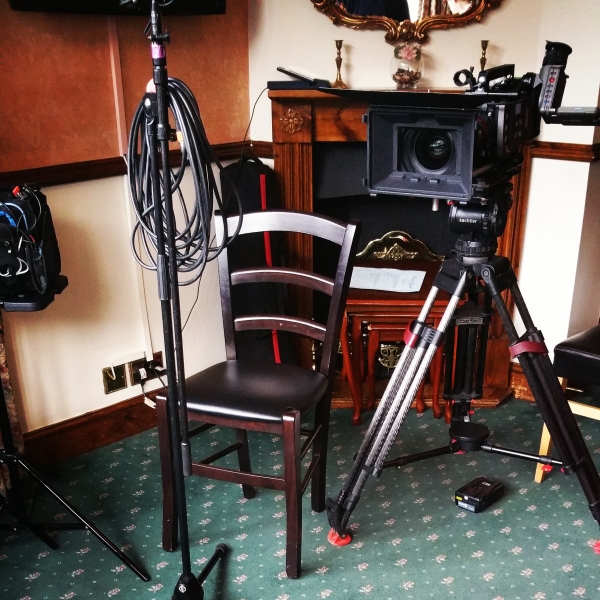Media researcher Undertaking media research often means signing a non-disclosure agreement. Being silent on research…
Connected Communities Heritage Network Symposium and Exhibition, De Montfort University. December 2013.
It has been an exceptionally busy period over the last few months as the momentum of the Trade and the Trent project grows and grows. There were some 10,000 digital images taken after thoroughly rewarding research trips to the archives in Ellesmere Port, Leicestershire County Record Office and the Nottingham City Library. From these images we are preparing to create a new list of the vessels using the River Trent for over 100 years from an intricate system developed to ascertain the condition and carrying capabilities of each craft. To do this has meant the use of advanced optical recognition software to scrape over 7,000 entries from primary sources. This researcher had truly forgotten how nice good old fashioned eye-drops are to counter those blurry eyes from all that cut, copy and pasting…
Nonetheless, an early seasonal gift was the Connected Communities conference held at the impressive campus centre at my old stomping ground De Montfort University in early December. The airy halls on the third-floor allowed the conference to occupy an expansive space to sit as well as mingle among the exhibits. This was particularly evident throughout those periods when the fine refreshments were put out to the horror of those delegates hoping to save themselves for festivities later on in the month.
Mr Philip Riden oversaw the first session of the conference and was kept busy. It seemed to me that every speaker could have been easily exceeded their allocation of fifteen minutes. What was most pleasing was the mixture of those talking about individual projects as well as others tackling the dynamics of inter-relations between academic institutions and community groups. Regarding the latter, I was thrilled to witness Hes Kapur voicing that the association between the University of Nottingham with the Newark Heritage Barge is one where the reciprocal exchange of information is beneficial to both parties’ long-term aims.
Most striking are the digital developments that are transforming the way in which people are presenting history to wider audiences. Easily the best visually impressive demonstration was the showcase from a group of undergraduate students from De Montfort University that have named themselves Pudding Lane Productions. Why you ask? Because these fine individuals have re-created a historically accurate digital representation of London in 1666 using technology from the engine of a software programme that is designed to make video-games. The engine allowed the students to transpose the map of a certain section of London surrounding Pudding Lane beyond the level of individual buildings to include details such as bunting and barrels on the streets. Superb.
Mobile technology also opens doors for historians to reach out to the local community. Two applications were demonstrated that allowed people to conduct their own history tours. The first, based in Wolverhampton, took advantage of global positioning software in locating the blue-badge heritage signs in the West Midlands. More close to home was the application designed to permit users a Roman overview of modern Leicester city centre. As you can imagine the flexibility of these applications for the public makes them highly desirable for many projects to develop.

